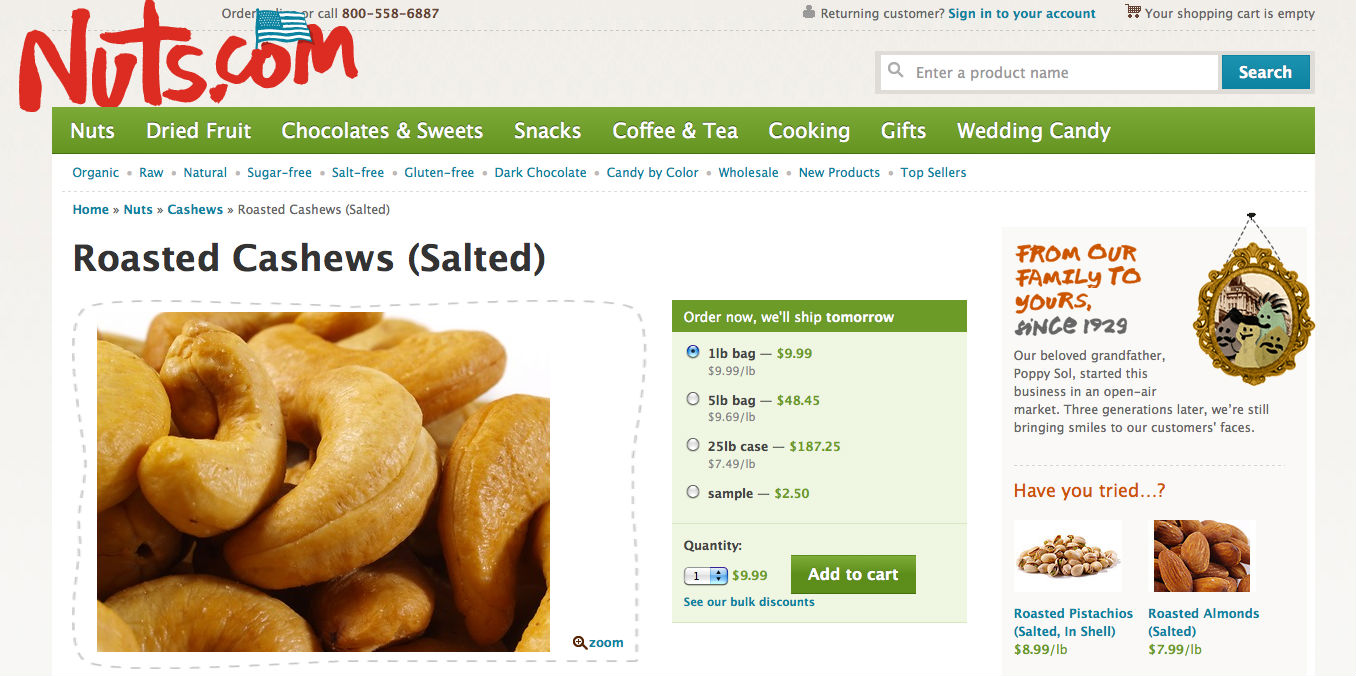Everybody has a website these days, but not all of these sites are created equally. While some webmasters own virtual billboards (which provide little value beyond the static information they display), other business owners operate effective pieces of digital real estate that can deliver sales, leads or other types of conversions. Follow the steps below to turn your website into a well-optimized, highly-converting machine:
Step #1 -- Get clear with your goals
I know, I know -- you've heard this one 1,000 times before. But seriously, what exactly is your goal for your website? And is this goal clearly reflected in your online content?
If your website goal is to generate leads, then lead generation should be the #1 focus of your site -- you don't need to incorporate all sorts of bells and whistles or monetization model under the sun with your lead forms. Instead of increasing your chances of achieving some type of interaction or response, you're diluting your message and diminishing the chances of completing your main objective!
For example, take a company that's selling a main product, alongside Google AdSense ad units, opt-in forms and other noisy banners. In fact, this can be a very effective strategy -- if your goal is to frustrate visitors and encourage them to go elsewhere! Instead, to improve your website results, know your stated goals and go after them 100%!
Step #2 -- Declutter your web pages
Following the previous point, one way to increase your results for your #1 goal is to remove competing page elements and see how these eliminations impact your site's performance.
When I encounter the type of cluttered web page described above, I try removing all extraneous elements that don't support the #1 conversion event on the page. For example, if the site I'm working on is trying to drive sales, I might move the newsletter sign-up option to the thank you page, so that it's presented only after our #1 conversion goal (in this case, a product sale) is completed.
In general, if an element is removed and has absolutely no impact on page conversions or site performance, it should remain off the page. Many times, this process leads to increases in website conversion rates, as target actions are allowed to become the focus of each page.
Step #3 -- Choose call to action wording carefully
When it comes to calls to action, I've found that specific, benefit-oriented wording -- for example, "Get a free no-obligation quote now" or "Get a quote now" -- tends to perform better than generic "Click here" or "Submit now" button text.
If you're creative, unique buttons can be used to encourage action and reiterate a company's value proposition -- as in the following example from the CrazyEgg heatmap analytics suite:

Instead of simply saying, "Buy now," the company encourages visitors to take a specific type of action by clearly demonstrating the benefit of its product -- likely increasing its conversion rates over more generic button options.
Step #4 -- Incorporate credibility indicators
We humans are social creatures, and we like to know that other people have experienced success with the products or services we're thinking of buying -- before we're willing to commit to forking over our personal information or hard-earned cash.
For this reason, "credibility indicators" or demonstrations of social proof are often quite effective at increasing a web page's conversion rates. A few of the different types of credibility indicators you may want to test on your site include:
- Testimonials for specific products/services
- Consumer reviews
- Awards
- Social media profiles
- Seller ratings
- "As Seen" wording like "as seen on CNN" or "as seen in the New York Times"
Step #5 -- Make your images work for you
Your images don't just serve to make your website more aesthetically appealing. When used correctly, the pictures you've included on your site can be put to work for you -- increasing conversion rates even further! Professionally taken pictures that make you feel and/or taste the product work well. Take a look at an example from Nuts.com.

It goes without saying that if you're selling products like shoes that images from various angles tend to help with conversion rates. Also, if you have a person in the image, it's better in terms of conversions to have the person looking at the product than looking directly at the camera.